From Field to Fabric: The Journey of Silk and How Nesavu Sources and Uses it in our Clothing

Silk is one of the most luxurious and elegant fabrics in the world, and at Nesavu, we're proud to use it in our clothing. However, many people are unaware of the long and intricate journey that silk goes through before it becomes the beautiful garments that we wear.
In this blog post, we'll take you through the process of how silk is made and how Nesavu sources and uses it in our clothing.
The first step in the journey of silk is the cultivation of silkworms. Silkworms, which are the larvae of silk moths, feed on mulberry leaves and spin cocoons around themselves. These cocoons are then harvested and the silk thread is extracted by boiling the cocoons. This process is called reeling.
The silk thread is then dyed and woven into fabric. At Nesavu, we source our silk from some of the most reputable silk mills in India. These mills use traditional handloom weaving techniques to create some of the most beautiful silk fabrics in the world. We make sure that our silk is of the highest quality, and that the silk mills we work with use ethical and sustainable practices.
Once the silk fabric is ready, our team of skilled artisans begins the process of creating the garment. The silk fabric is cut and sewn
into the desired garment, such as a silk frock or pavadai set.
The artisans then add any additional embellishments or designs, such as stone brooches or embroidery, to complete the garment.
Silk is not only luxurious and elegant, but it also has many benefits such as being lightweight, breathable and hypoallergenic making it perfect for children's clothing.
We also make sure that our silk is ethically and sustainably sourced, as we believe in supporting the artisans and communities that are involved in the silk production process.
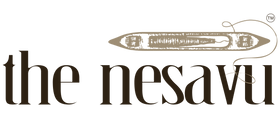


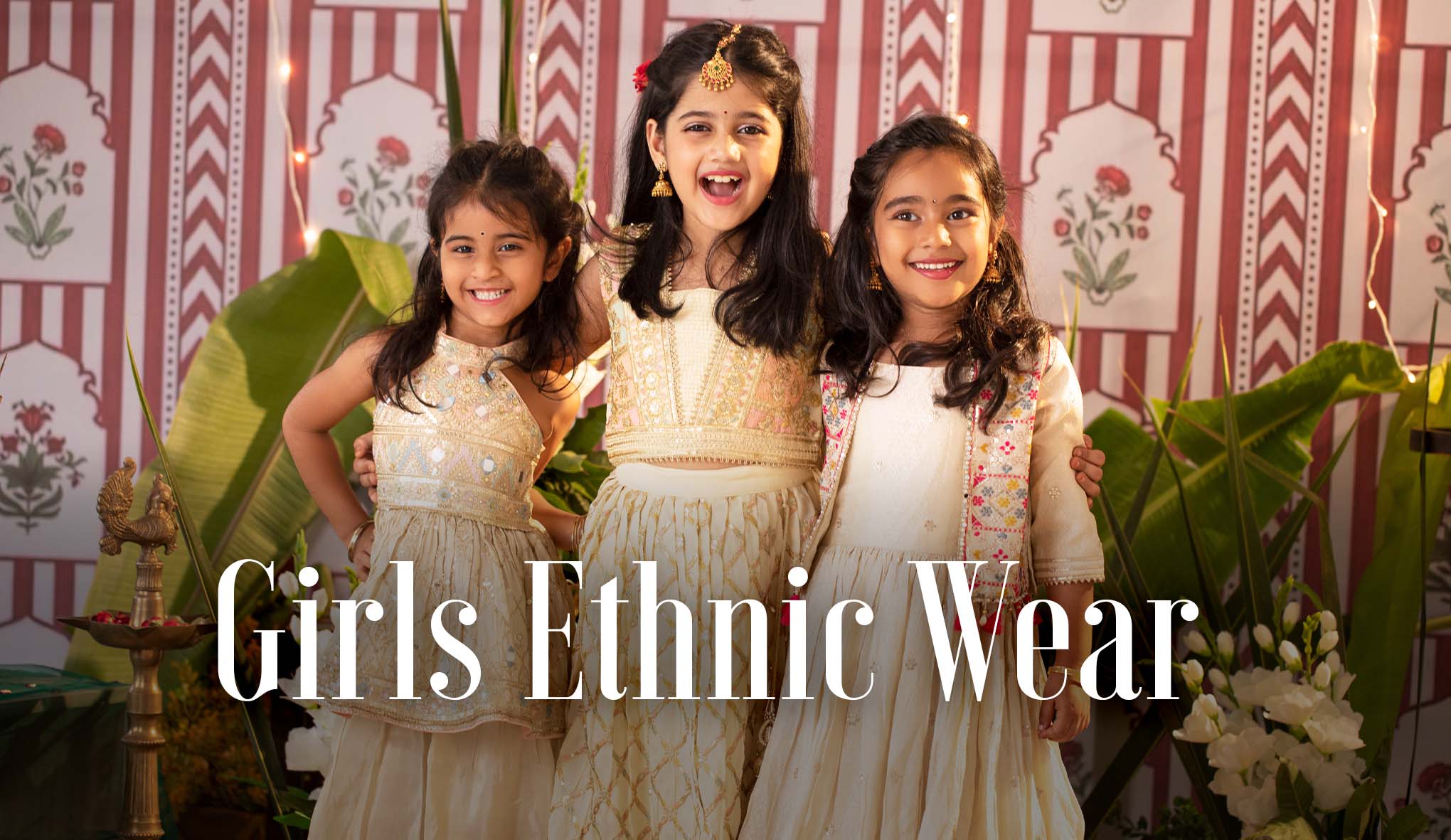
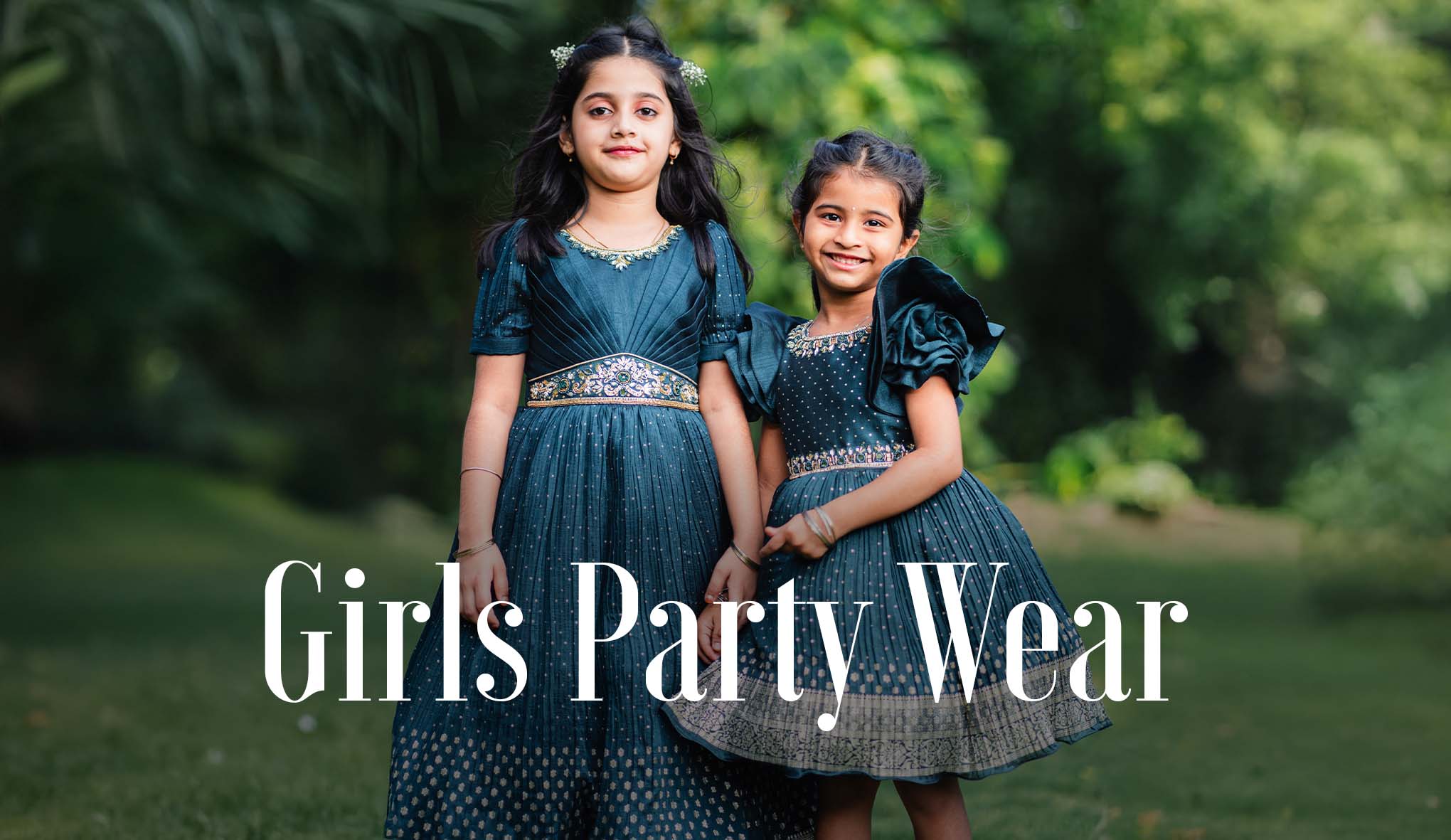

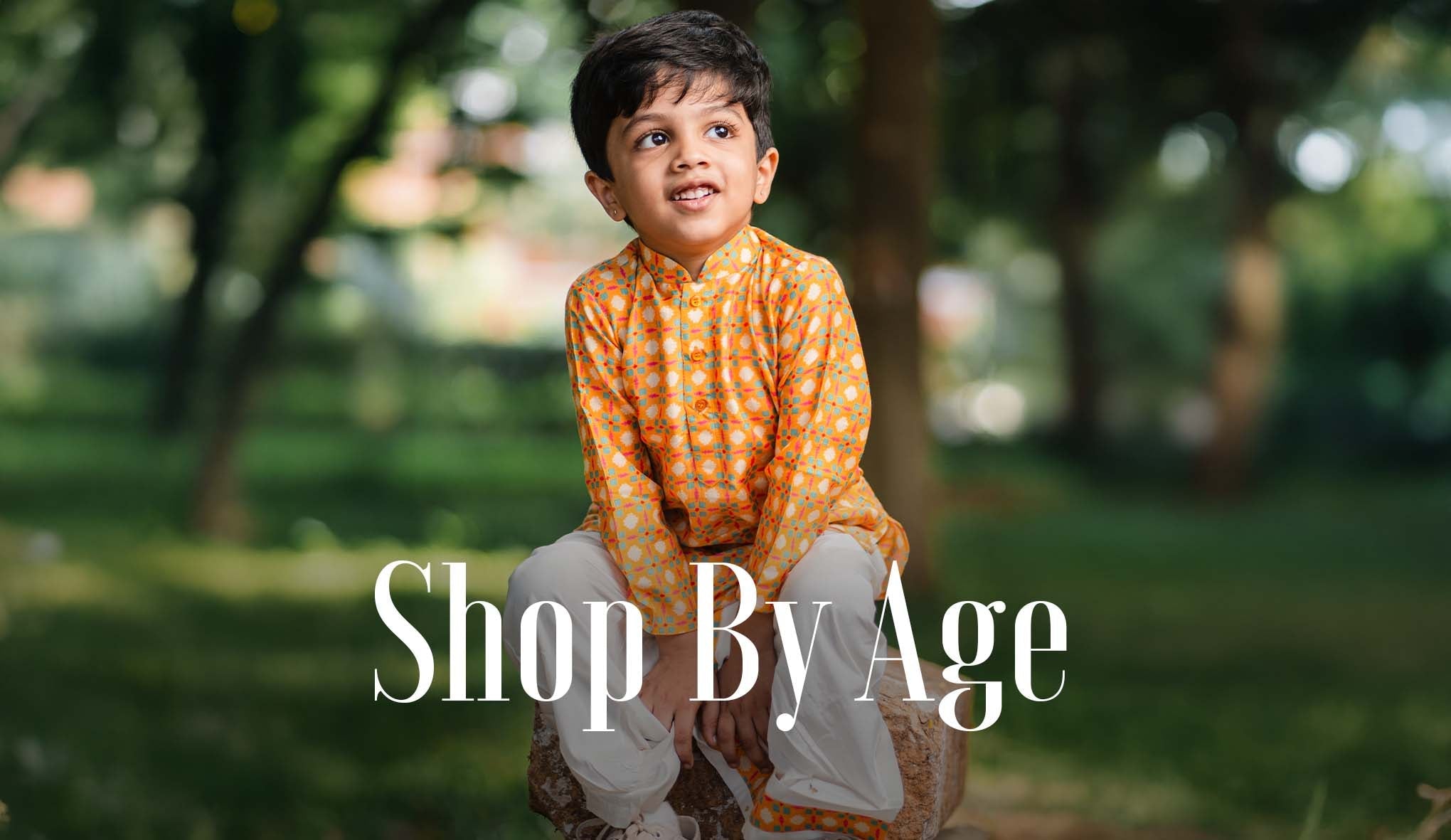
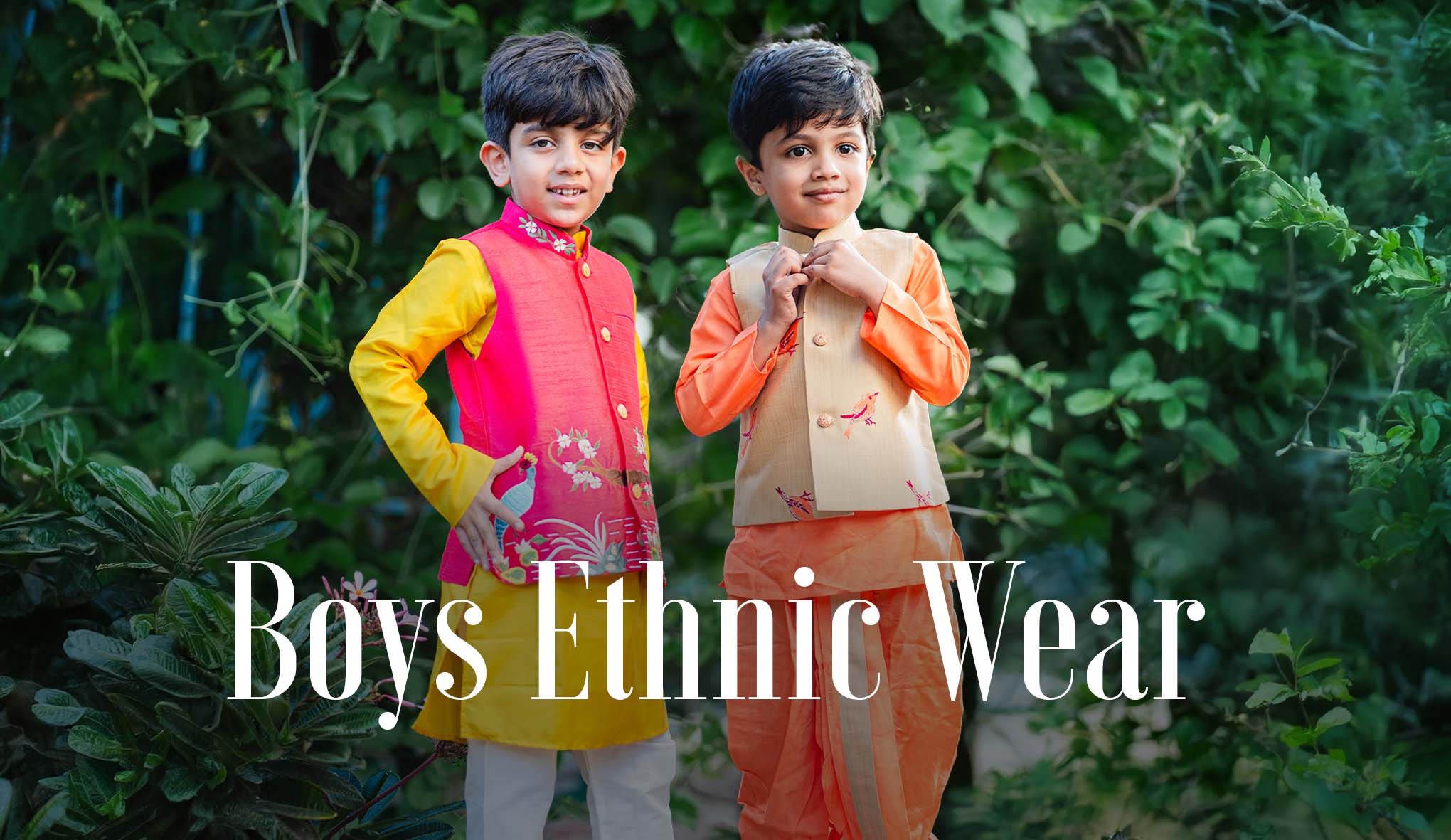
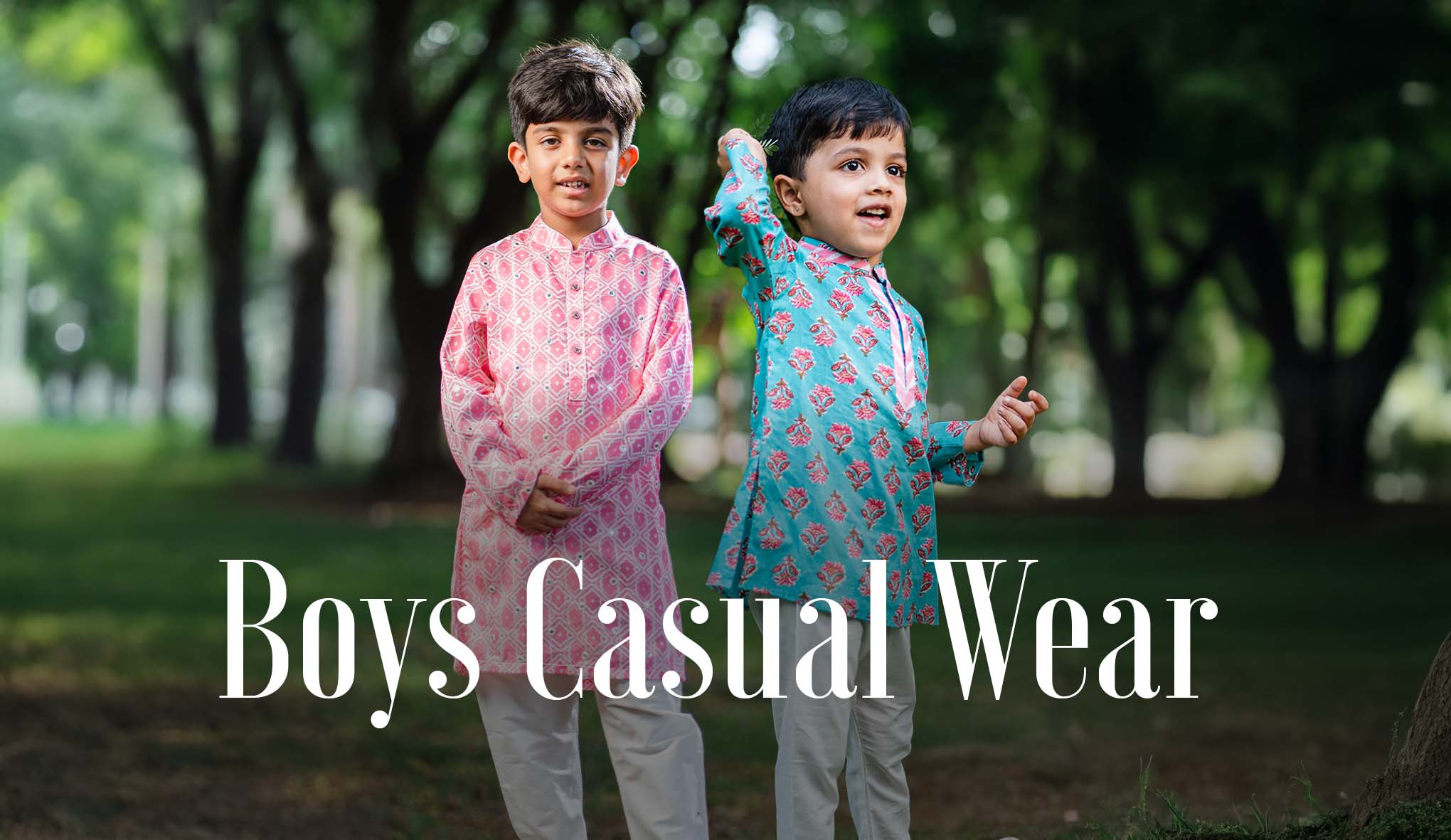
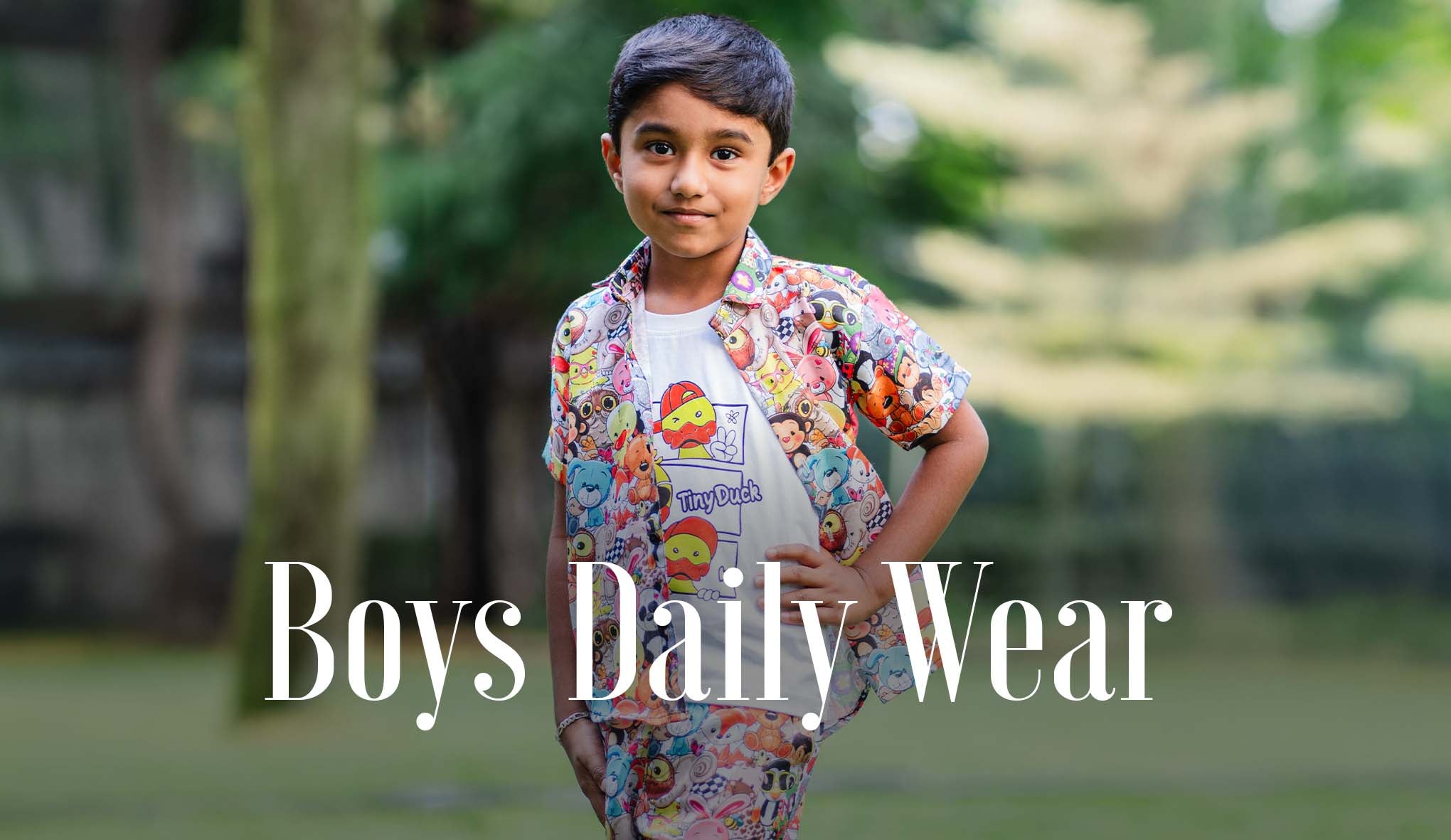
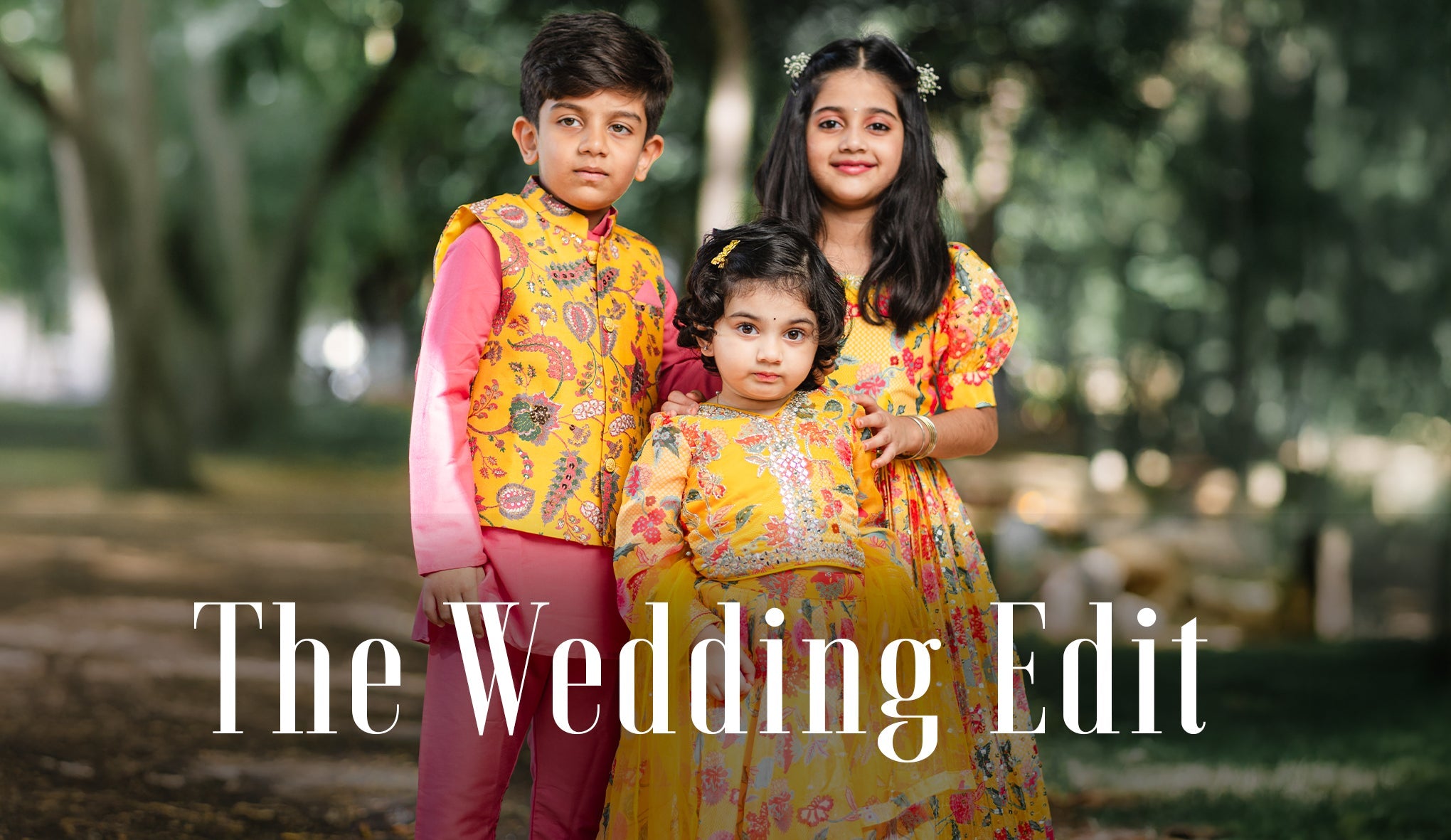
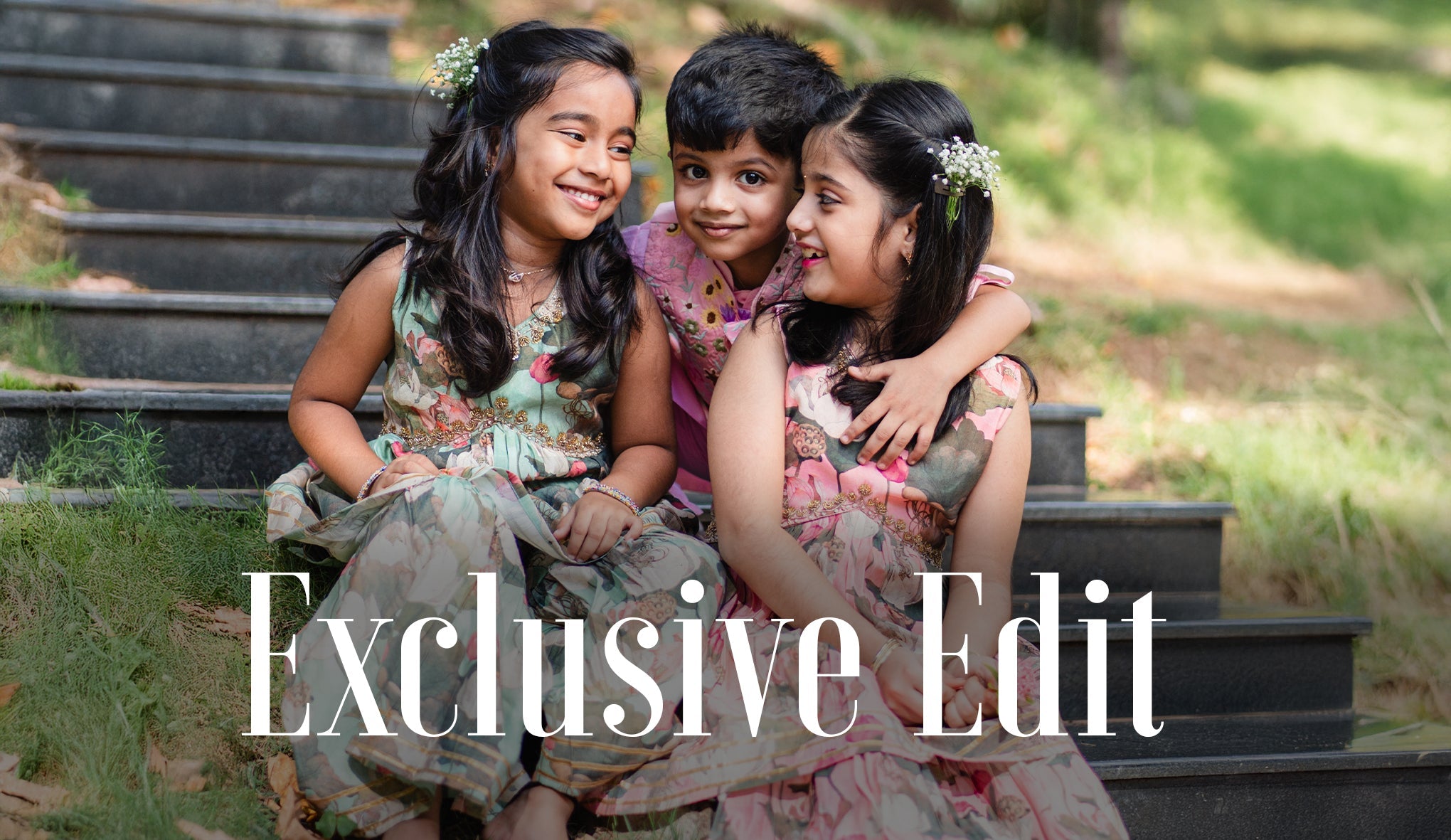
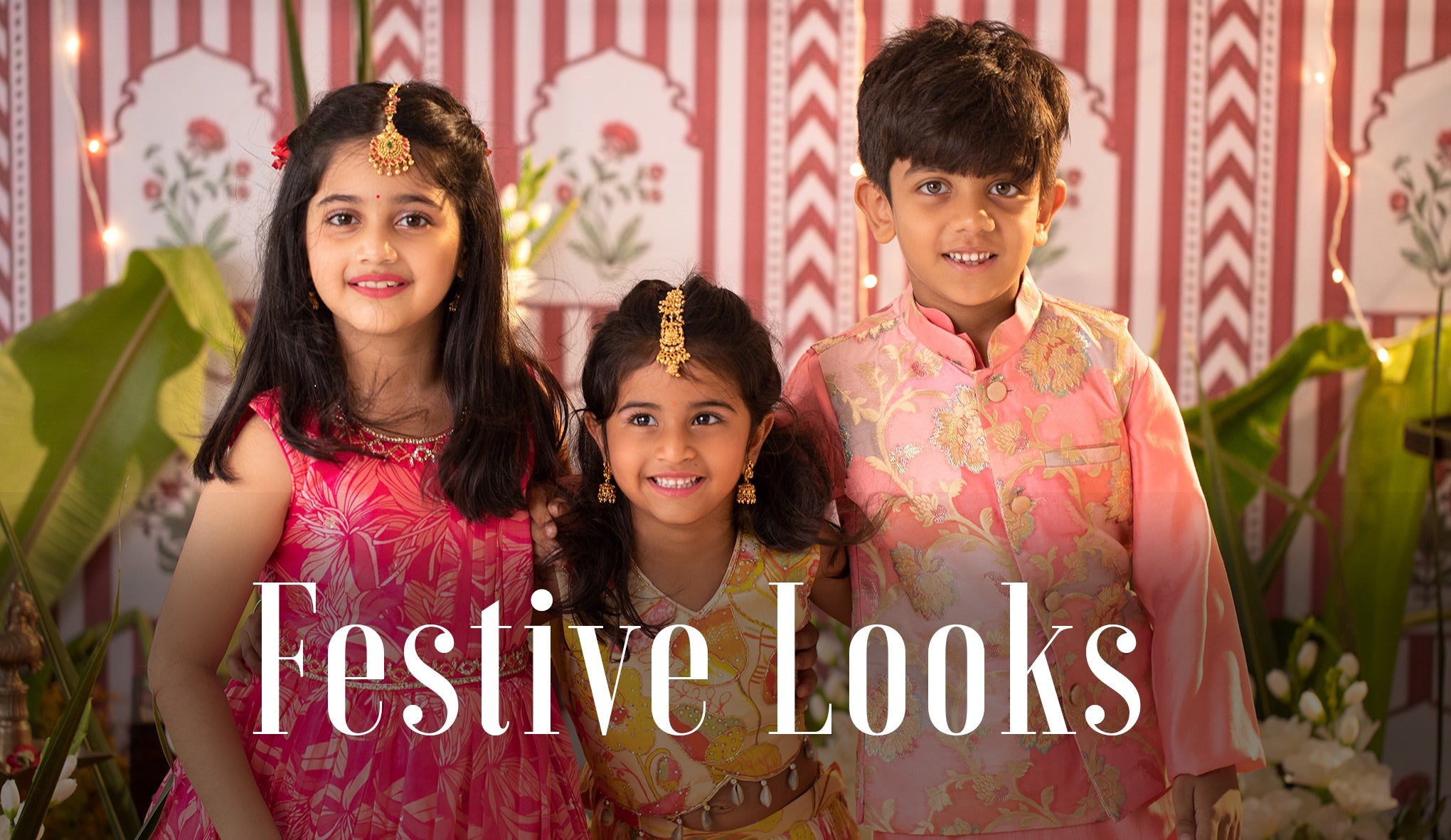
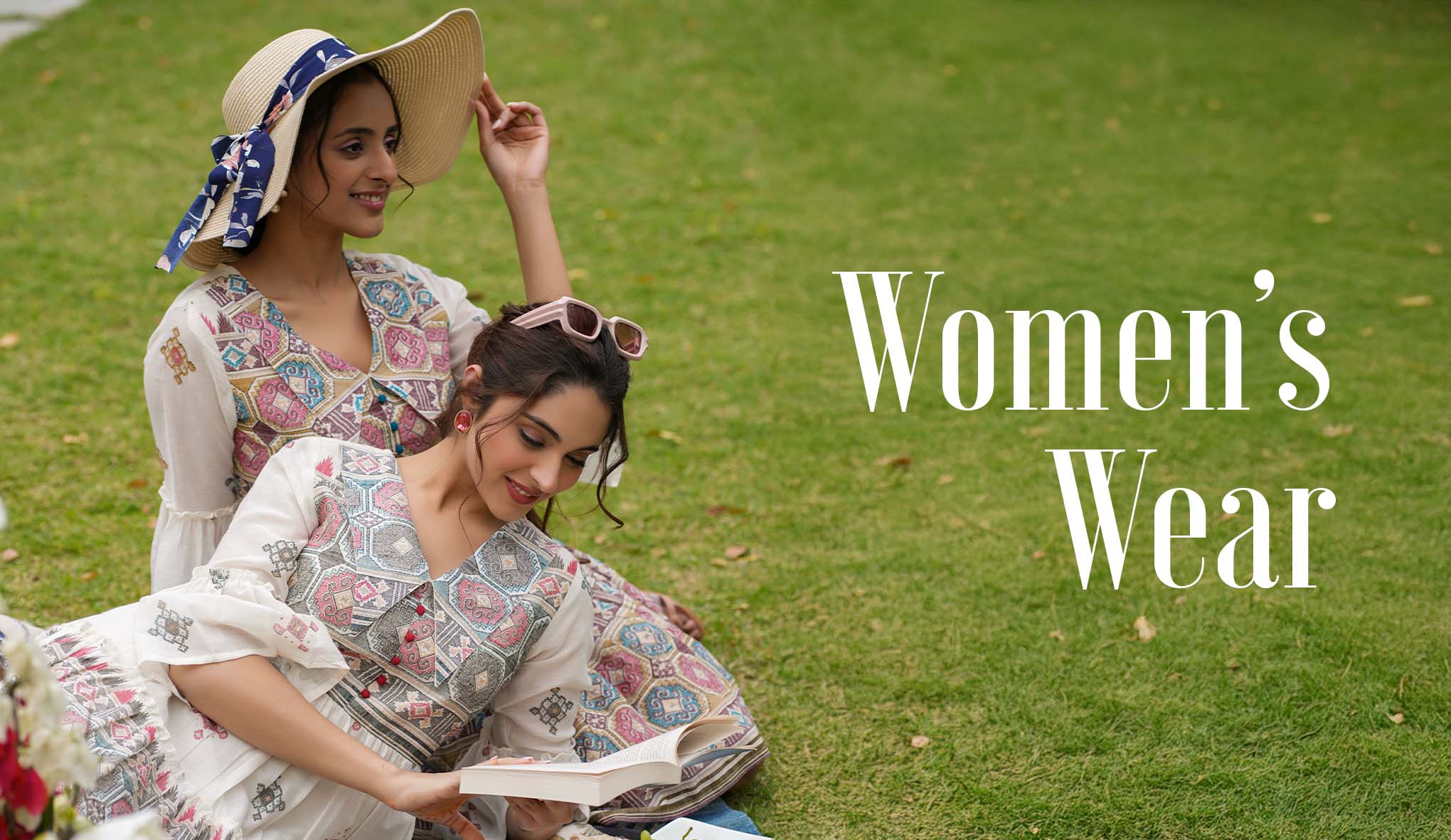
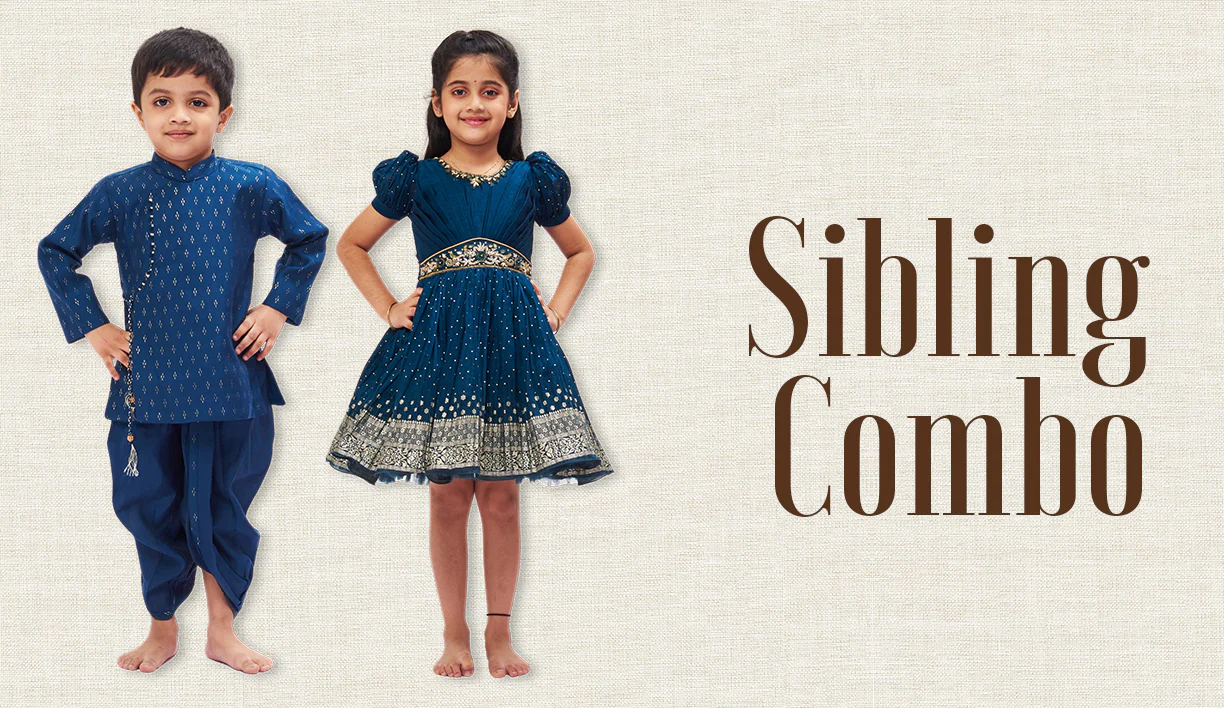
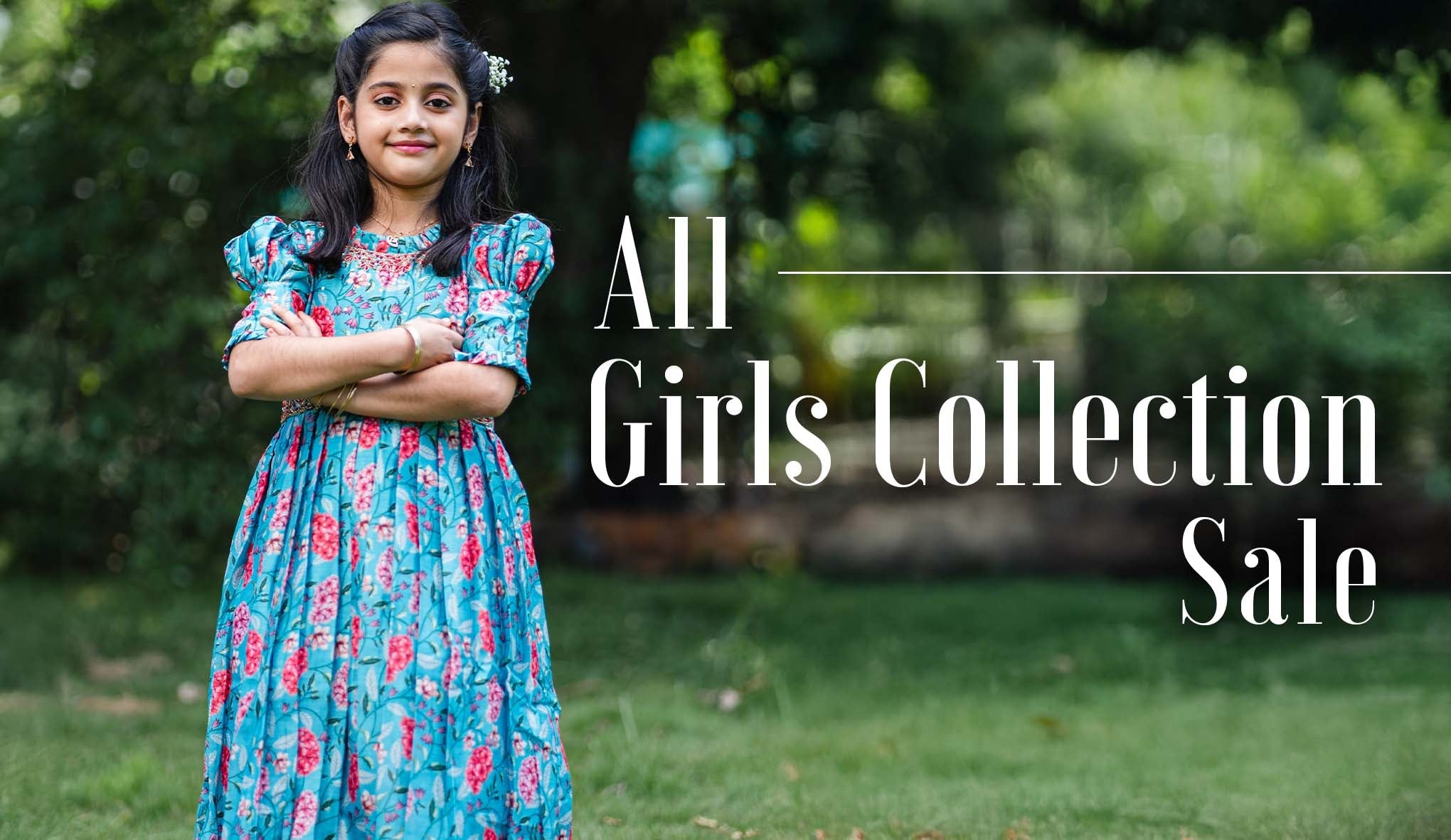

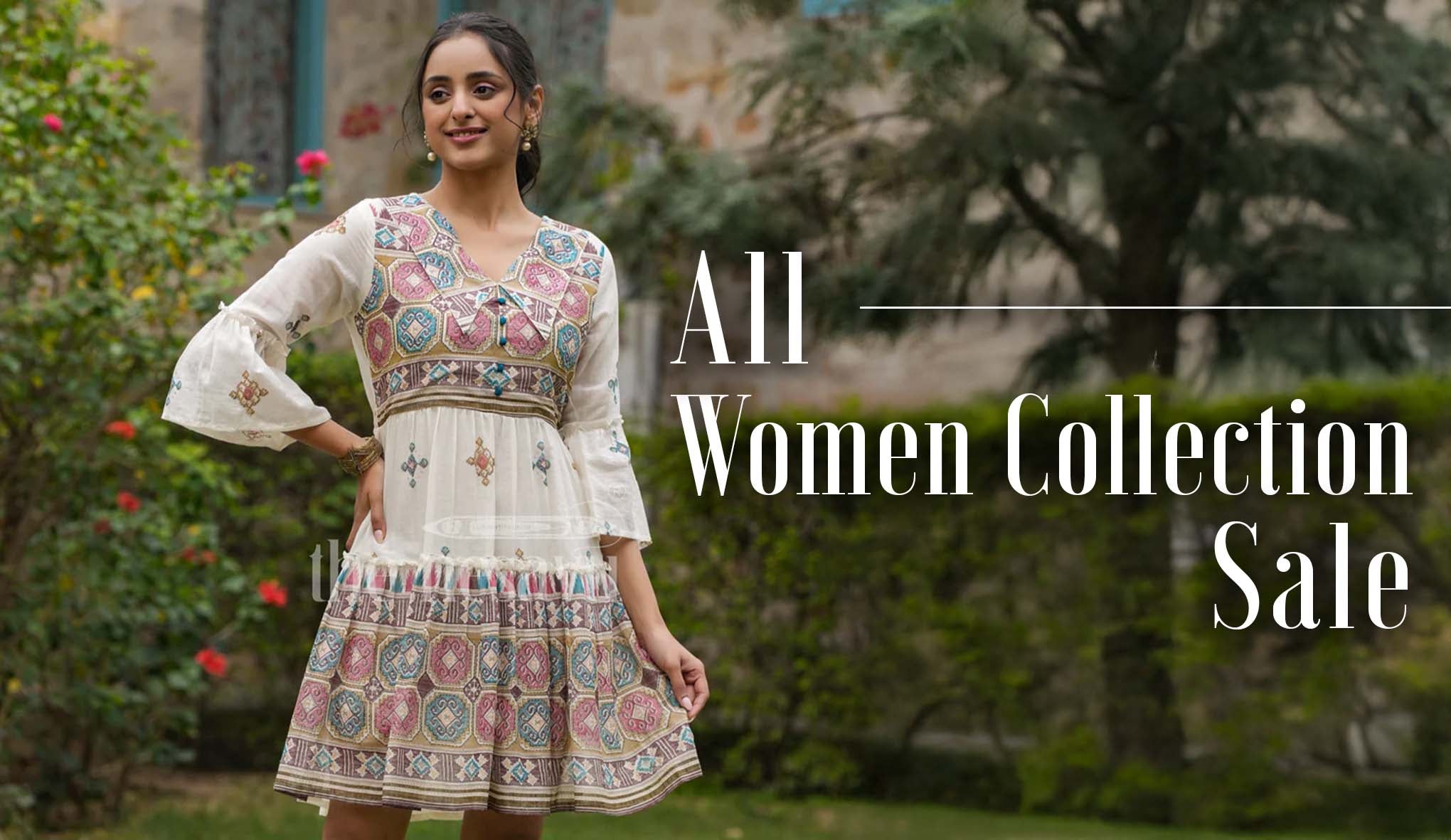
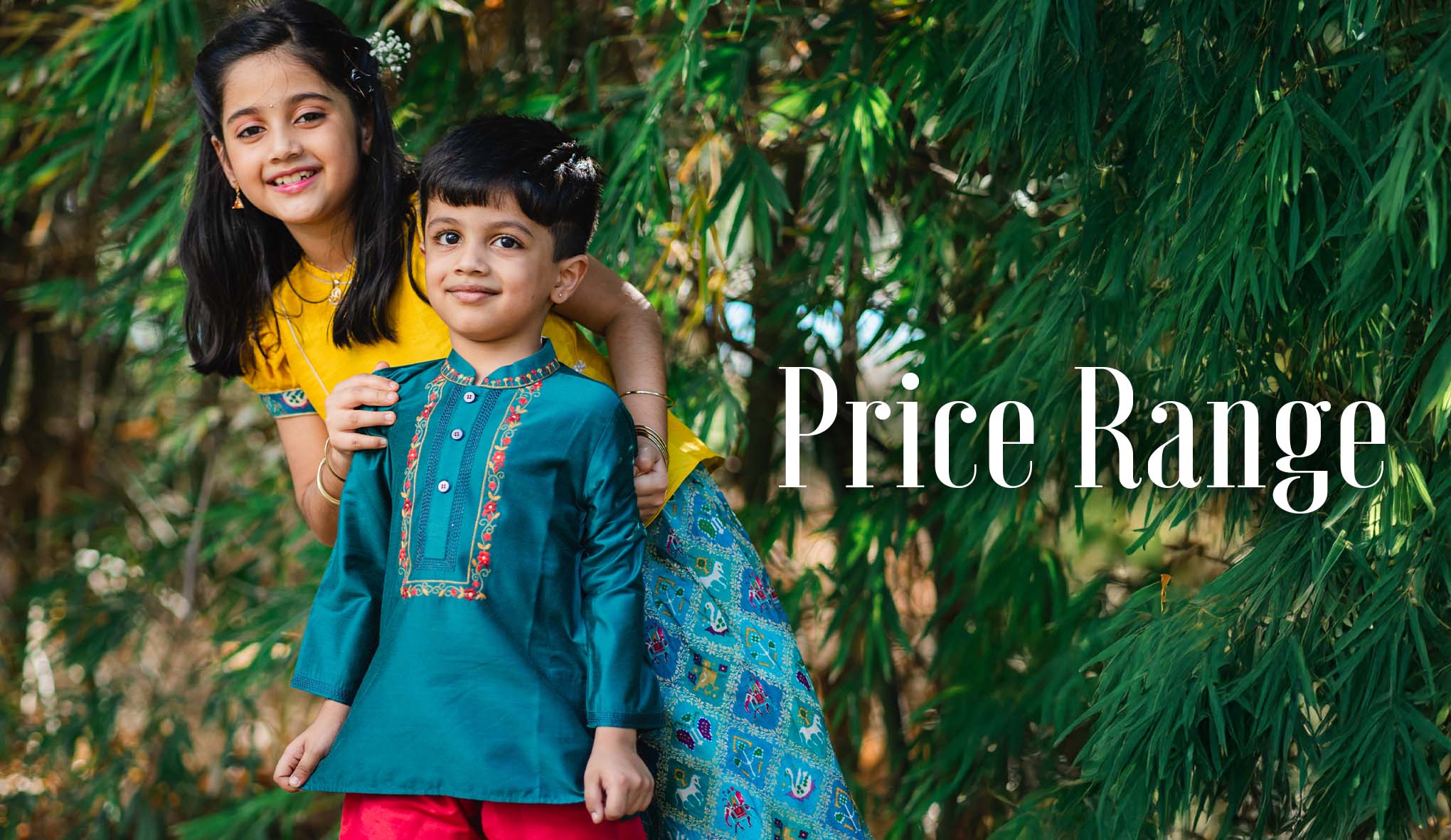
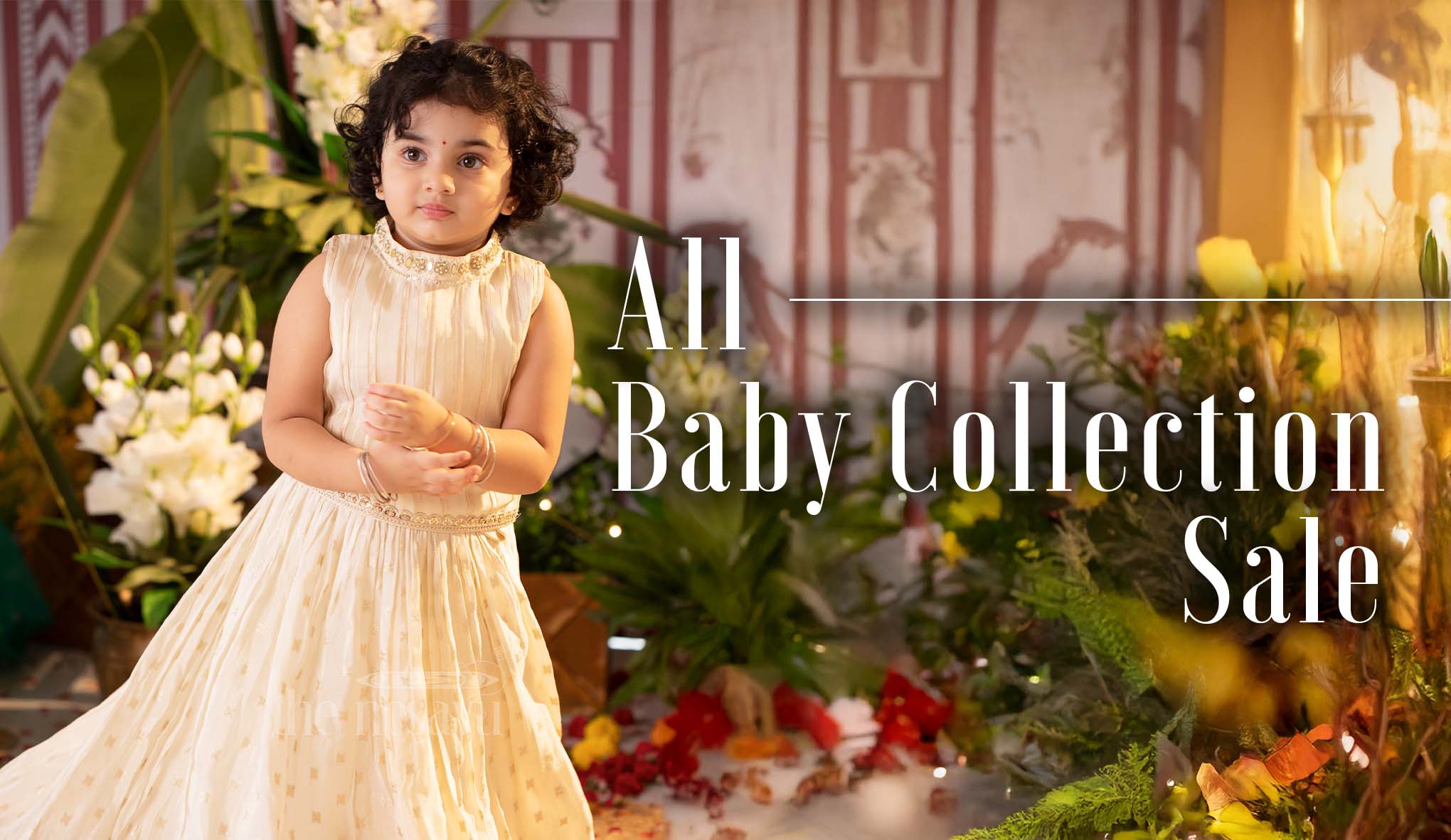
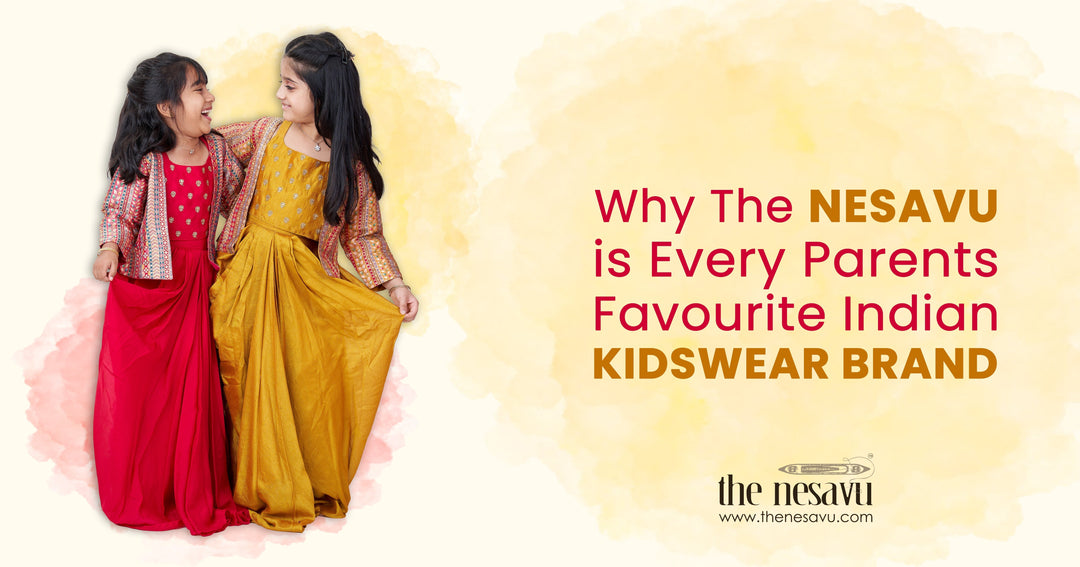


Leave a comment